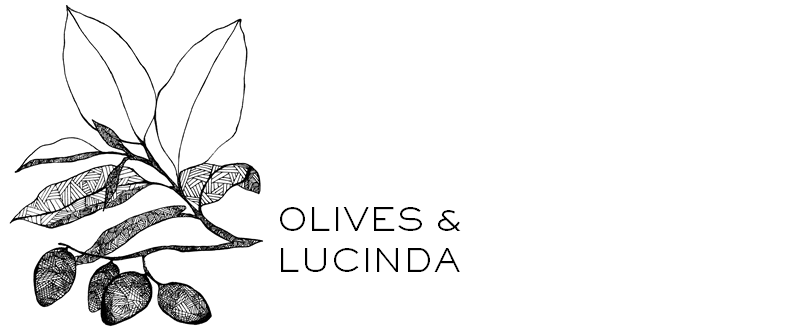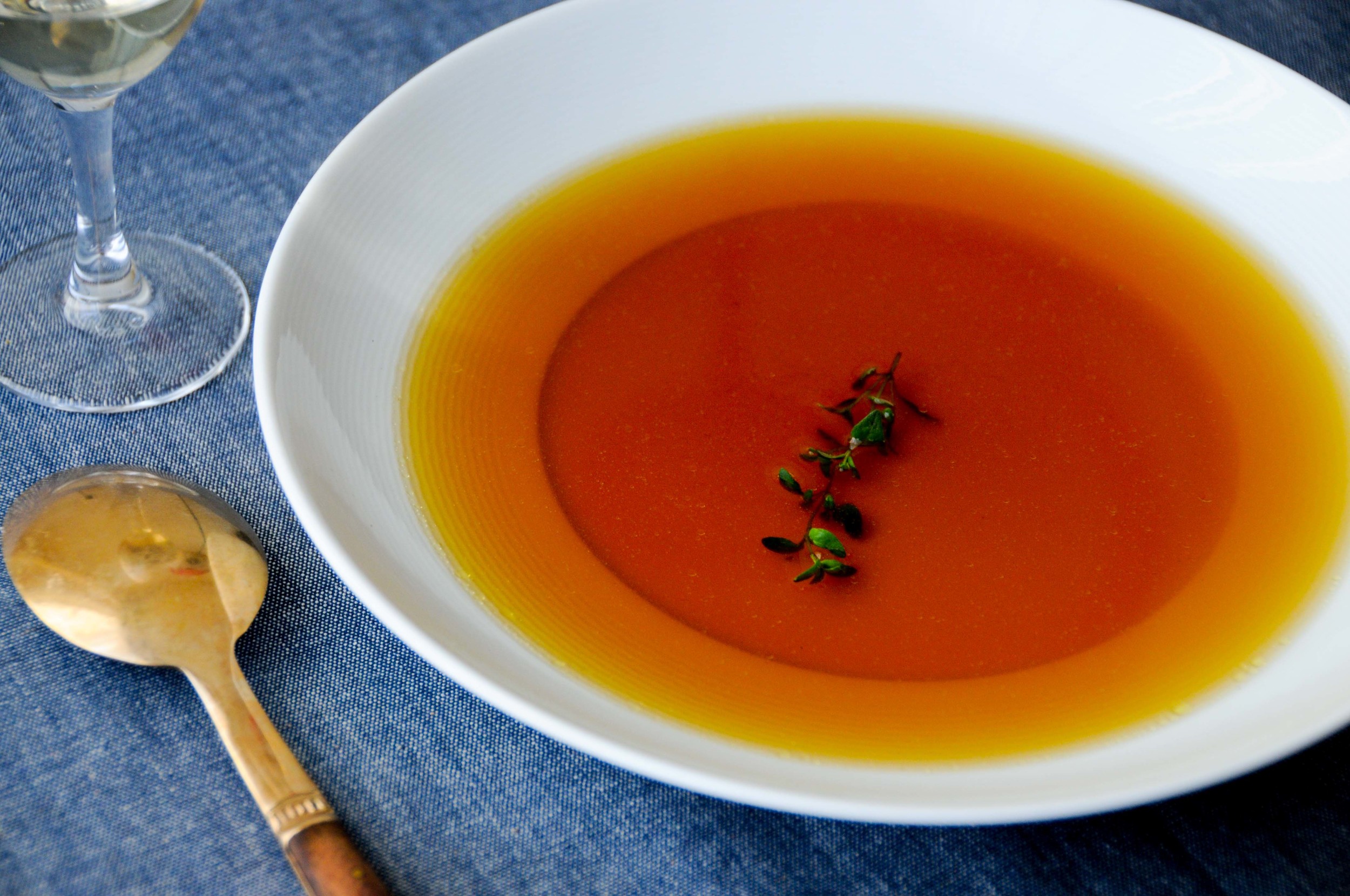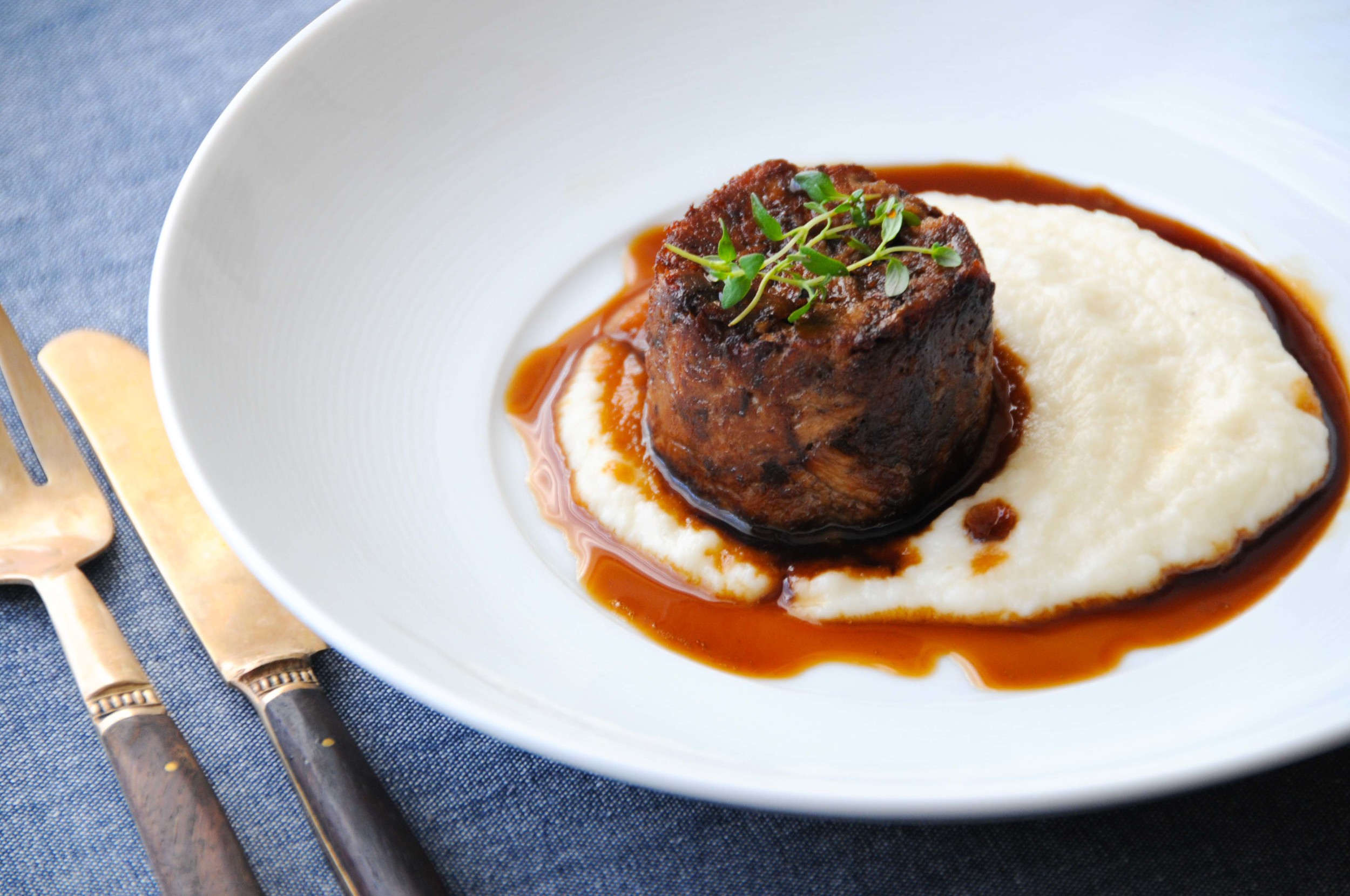We arrived in Zermatt on Christmas Eve just as twilight was giving way to night. High cloud and darkening skies obscured the towering Matterhorn from view, but, ‘tomorrow,’ we said, looking out the window, ‘we’ll be able see it then, just like on the Tolberone, rising there to the right, or is it maybe just to the left?’ ‘Well, we’ll see, tomorrow.’ And then the first flakes of snow started to fall…
On Christmas morning the valley was white and the sky thick with low cloud. The snow continued to patter down, gently at first, and then, just as we decided to venture up the slopes, a little more enthusiastically. There was nothing for it but to eat, and drink, and so first there was tuna carpaccio, and foie gras with brioche, and Valais meats, and cheeses, and white wine, and then red, with roast lamb, and pastas, and rösti and some more cheese (because it’s only polite), and then apfelstrudel and custard, and sachertorte and whipped cream, all finished off with a round of strong fruity Grog served in a circular vessel made from wood with four drinking spouts and the strict instruction that it be passed from person to person until finished without being put down if the coming year is to bring good luck.
But evidently the luck was to be some time away, as on Boxing Day the snow was heavier again. Great drifts had fallen overnight, blanketing the roofs and the trees like freshly whipped meringue, the air a zillion-flaked blur of white driven gently downwards by the wind. We Google-image search ‘the Matterhorn,’ click to enlarge, and prop the result up in what we think is the representative position in the window, ('to the left? No, to the right!')… ‘Maybe tomorrow,’ we repeat again, before bundling up in clothing and trundling up the mountain for another very long lunch of cheese and wine, but very little in the way of skiing.
That evening though, twinkling through a hole in the heightening cloud, a tiny first star, and then finally, the next morning, through the ice-tinged windows, the rosily sun-lit face of the Matterhorn – rising up to the right, (where I thought it was all along!).
After 48 hours of weather-bound Christmas over-eating it was about time to give the Swiss cheese a rest, so for Boxing Day supper we headed to the tiny dining room above Elsie Bar. Situated on the second floor of a chocolate-box chalet, the restaurant at Elsie’s has barely changed in years. The high rafters are crowded with ancient magnums of vintage Perrier Jouet, black and white photos of old Zermatt adorn the walls, and the worn seats of the leather banquette attest to their length of service.
The short menu is similarly little changed and reads like a perfect list of all of my very favourite things to eat. Lobster bisque, French onion soup, oysters by the dozen, foie gras with Sauternes, caviar and truffle available on the side; then, for mains, fillet steak Rossini, Dover sole, and fresh lobster spaghetti. This Boxing Day called for a light meal though, and so my order was oysters, followed by a clear consommé of beef with sherry.
I think my first ever taste of beef consommé may have been at Elsie’s, likely on another Boxing Day, a number of years ago now, and I’ve been a little enamoured with it ever since. To look at, beef consommé is just a thin clear liquid of dark amber brown, but to me, that’s what is exciting about it. A bowl of consommé is the distillate end product of hours of preparation and a tricky clarification process, so that what you are left with is perfectly transparent and thin, but nonetheless packed with the rich flavour of slow-cooked beef, as well as a host of delicate aromatics such as bay leaf, thyme, and peppercorn. Finished with a dash of dry sherry, it is light, warming, and altogether my favourite antidote to Christmas over-indulgence.
Beef Consommé with Fino Sherry
This recipe can be thought of as comprising three steps. The first thing to do is to roast the beef and vegetables at a high temperature in the oven for an hour. The next step is to make a stock using the roasted meat and vegetables by simmering on the stovetop for 5 hours. The stock then needs to be refrigerated overnight, before finally, the following day, you are ready to add another set of ingredients to flavour and clarify the consommé.
The clarification process is a little involved – it uses minced beef, egg whites, and vegetables to form a ‘raft’ to which any particles in the soup will become attracted, leaving a beautifully clear liquid behind. The raft will resemble a curdled mass of foamy cloud while it is doing its work, after which it needs to be removed and any consommé trapped inside allowed to strain out. The bits of essential kit that you’ll need for all this are a pair of fine-mesh sieves, a metre or so of muslin cloth, and a mesh soup skimmer – the larger you can find, the better.
Ingredients
(Serves 4)
For the beef stock –
- 2kg beef shin (or Osso Bucco (veal shanks) if you feel like splurging)
- 2 large carrots
- 1 large onion
- 3 sticks celery
- ½ teaspoon whole black peppercorns
- 2 dried bay leaves
- A few sprigs of fresh thyme (plus additional to garnish)
- 2 litres of water
- 125mls dry Fino sherry
- Sea salt and pepper
For the consommé –
- 250g minced beef
- 1 carrot
- 1 leek
- 1 stick of celery
- 3 egg whites
- 4 tablespoons Fino sherry extra to serve
Pre-heat the oven to 220°C. Roughly chop 2 carrots, 1 onion, and 3 sticks of celery, season with salt and pepper, and place these in a deep roasting tray. Arrange the beef shins, (or veal shanks if using these), atop the vegetables and place in the oven to roast for 1 hour.
Once the meat and vegetables have roasted, remove to a large pot ready to make the stock. Place the empty roasting tray over a medium heat and de-glaze using 125mls of Fino sherry, scraping the sides of the pan clean with a spatula to form a light gravy. Add this to the stock pot along with 2 litres of water, the bay leaves, peppercorns, and the thyme.
Bring the stock to a boil and, once boiling, reduce the heat to a low simmer and cook for 5 hours. After this time, remove the pot from the heat and strain the liquid into a large bowl. Retain the beef pieces if you wish to use these for the tian recipe, (see below), then allow the stock to cool briefly before placing in the fridge to chill overnight.
By the next morning the strained stock will have become gelatinous and a layer of fat will have formed on top. Remove the fat layer in one piece if possible and discard this. Carefully skim off any additional deposits of fat that you can see. You are now ready to start flavouring the stock using the consommé ingredients.
Roughly chop the carrot, the white part of the leek, and one stick of celery, before adding to a food processor along with the minced beef. Also add the 3 eggs whites to the processor, along with a couple of tablespoons of cold water. Blitz everything together until the vegetables are finely shredded, and everything is well combined.
Now begin to heat the stock in a large pot over medium-high heat. Add the mixture of mince, egg white, and vegetables to the stock and stir all the while in order to prevent the egg white sticking to the sides of the pan. As the stock starts to boil the egg white will begin to curdle - don't worry, this is what is meant to happen! As soon as the stock has reached a full boil, remove from the heat and stop stirring. The meat and egg white mixture will have formed a large curdled mass and floated to the surface - this is the clarification 'raft.'
Now turn the heat down to the lowest setting, return the pot to the stove-top, and using the stick of a wooden spoon, create a hole in the centre of the egg white raft in order to allow steam to bubble up and escape.
Gently simmer the consommé for 45 minutes, then turn off the heat and set aside to stand for 5 minutes – this will allow time for any particles that are still moving free to float to the surface and be captured in the foamy raft of egg white.
Using a large skimming utensil (or slotted spoon), carefully remove the egg white raft to a fine sieve positioned atop a bowl, trying to keep the raft in as to near to one piece as possible as you do so. Continue to skim out any raft pieces that didn't make it out in the first go, adding these to the sieve as well. Now allow the liquid contained in the egg white to run through the sieve slowly without pressing on the whites (as this will re-introduce cloudy particles to the now hopefully clear consommé).
Line a second sieve with a double layer of dampened muslin, positioning this atop a second bowl. Slowly pour the consommé from the pot into the sieve, letting it drip at its own pace through the muslin and into the collecting bowl below. Lastly, add the consommé collected from the bowl beneath the egg white sieve to the muslin-lined sieve and allow to also drip through.
To serve, re-heat the clarified consommé in a clean pot. Do a quick seasoning check and add small amount of additional salt if you feel it necessary - half a teaspoon should be more than enough. Finally, place a tablespoon of Fino sherry in the bottom of each of the four serving bowls and ladle the hot consommé over the top.
Popular variations involve adding a poached egg to the finished consommé, or making a thick omelet with boletus mushrooms and then placing a cube of this in the bottom of the bowl before pouring over the liquid. After all that effort spent getting stuff out of the consommé though, I am loathe to put anything back in! Only a sprig of thyme perhaps, and only because this serves to better illustrate the beautiful clarity of the soup.
Tian of Braised Beef with Celeriac Purée and Marsala Jus
There is nothing inherently Swiss about this dish, really it’s just something I came up with to use all the leftover beef from the consommé. That said though, I think it is quite festive, and pretty, and actually makes a nicely coordinated main course following a starter of the consommé.
Ingredients
(Serves 4)
- 1½kgs slow-cooked beef shin or osso bucco (in other words, the leftovers from making the stock in the recipe above)
- 1 medium-sized head of celeriac
- 50g salted butter
- 100mls pouring (single) cream
- Small amount of milk (approx. 50mls) – optional
- 400mls beef consommé
- 200mls Marsala wine
- 4 tablespoons light olive oil
- Salt and white pepper
- Fresh thyme to garnish
Assemble the cooked shanks on a chopping board and cut the meat away from the bone, shredding it gently with a knife as you chop. The long cooking time will mean that the beef should shred easily into chunks of a similar texture to pulled pork.
Lay out a little over 2 feet of cling film on a bench top, and fold this over itself to give a flat double-layer of about a foot in length. Arrange the shredded meat vertically, in a log shape, along the left hand side of the cling film, approximately 3 inches in from the edge, and leaving some space to the top and bottom. Now, pick up the left edge of the cling film and fold it over the log, tucking it back under a little at the bottom as you do so. Now roll the log tightly over once, packing the shredded meat together, before folding the cling film at the top and bottom back onto the log, and continuing to roll until you are left with a sealed log of approximately 8 inches in length and 2.5 inches in diameter.
To tighten the log further, lay out an additional length of cling film, and once again roll the log, this time twisting the top and bottom ends in the manner of a sweet wrapper to compact the meat. Refrigerate for at least 6 hours.
To prepare the celeriac, remove the rough outer skin carefully using a large sharp knife, discard this, then chop the flesh into approximately 2 inch cubes. Place in a medium-sized pot of water, add a teaspoon of salt, and boil for between 15-20 minutes until soft through as determined with the tip of a sharp knife. Drain through a colander, and then return to the pot.
Over a low heat, add the butter to the drained celeriac and stir until melted. Next add the cream and, using a stick blender, blend to a purée. (If your purée is too thick, add a small amount of milk to loosen to the desired consistency). Season with salt and white pepper to taste, and keep warm while you prepare the jus and the beef.
For the jus, heat the consommé and Marsala together in a small pan over medium heat, allowing the liquid to simmer down and thicken. The jus is ready when it is glossy and thick enough to coat the back of a spoon.
To cook the beef, heat the olive oil in a large frying pan over medium heat. Using a sharp knife, cut the beef into approximately 2 inch high rounds through the cling film wrapper. Once cut, carefully unwrap each round from the cling film and proceed to fry, allowing each side to cook to a dark brown, gently turning with a spatula. Season each tian with salt and a grind of pepper to taste as you cook.
Lastly, to serve, place a large spoonful of celeriac purée in the centre of a warm plate, hollowing out a spot to place the beef. Position the beef tian carefully on the purée, pour over a few spoonfuls of the warm jus, and top with a couple of sprigs of thyme to garnish.
Bon appétit!
Only two more days of Alpine over-indulgence left to survive, (the Boxing Day cheese respite did sadly not extend to the following day, or the one after that, nor the next). Wish me luck. And Happy New Year!










